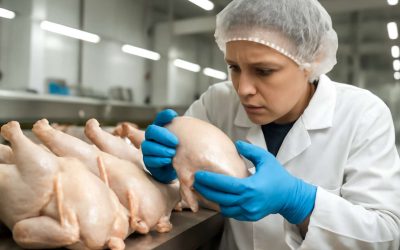
Hatching eggs are a wonderful way to teach kids about the cycle of life. They also provide a great opportunity for children to help raise their own baby chickens, and it’s a fun project for them to do!
Eggs are a natural wonder, but they need to be carefully cared for in order to hatch successfully. They need to be collected regularly, stored in the correct temperature and humidity, and placed in the incubator in a suitable position so that they can develop properly.
The egg shell is a vital part of the hatching process, and it needs to be inspected to ensure that it is free from deformities or other problems that may affect the chick’s development. It should be free of hairline cracks, shell deformities and other blemishes that could lead to disease, a poor quality hatch or to the death of the chick.
It’s very important that a producer checks all eggs before putting them into the incubator. This includes checking for any adhering dirt, debris, or eggs that might have become cracked, smashed or damaged. It also includes checking that the eggs are clean, and are not dirty or have traces of germs.
If the eggs are too old to be fertile, then they need to be removed from the incubator and discarded. This will avoid the spread of germs from dead eggs to healthy ones, and will keep the incubator clean.
Once the eggs are removed from the incubator, they should be placed in a separate area to dry out and become pliable again. This should be done at a temperature of around 30 degrees C and with a minimum humidity level of 70 percent.
The eggs should be positioned with their pointed end angled down so that they are lying on their side rather than upright, as would be in a natural bird’s nest. This helps to prevent the embryo from being compressed too much by the weight of the egg.
Before placing the eggs in the incubator, the eggs should be candled to check for any shell defects or other problems that could affect the chick’s development. This is a quick and easy test that you can do by simply holding an egg over a candle (it’s best to candle your eggs before placing them in the incubator).
You should be able to see veins running across the egg and a small embryo. As the embryo grows it will be hard to see but if you can still see some veins then the eggs are likely to be developing well.
During the last few days before your eggs hatch, you need to make sure that you don’t turn them by hand. You should only turn them using an egg turner if you have one, and it’s a good idea to mark the eggs so that you know which ones have been turned.
It’s also important that the eggs are not kept too warm, as this can cause damage to the embryo and result in a later hatch than planned. This is a risk for all eggs, but it’s especially critical with hatching eggs.



0 Comments